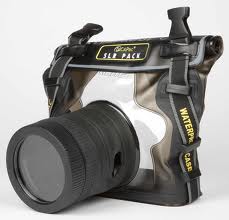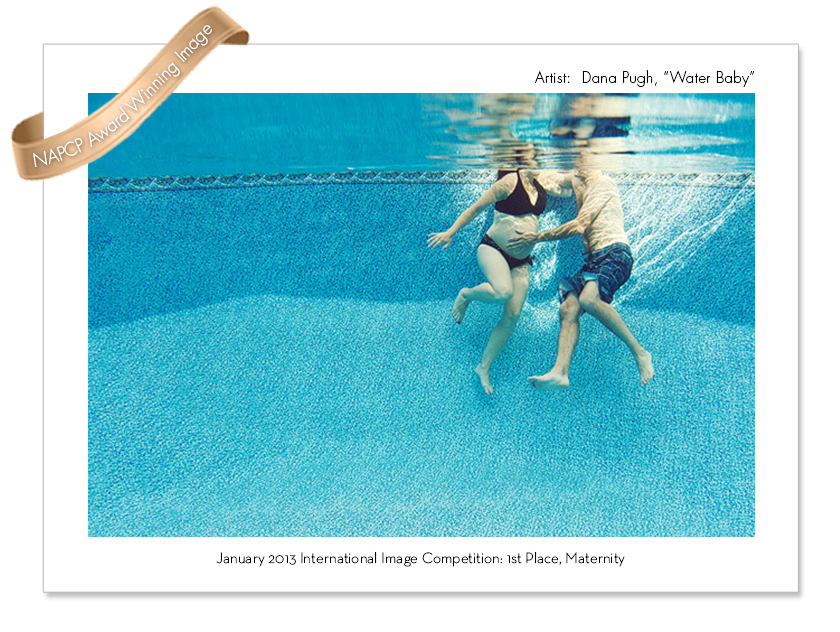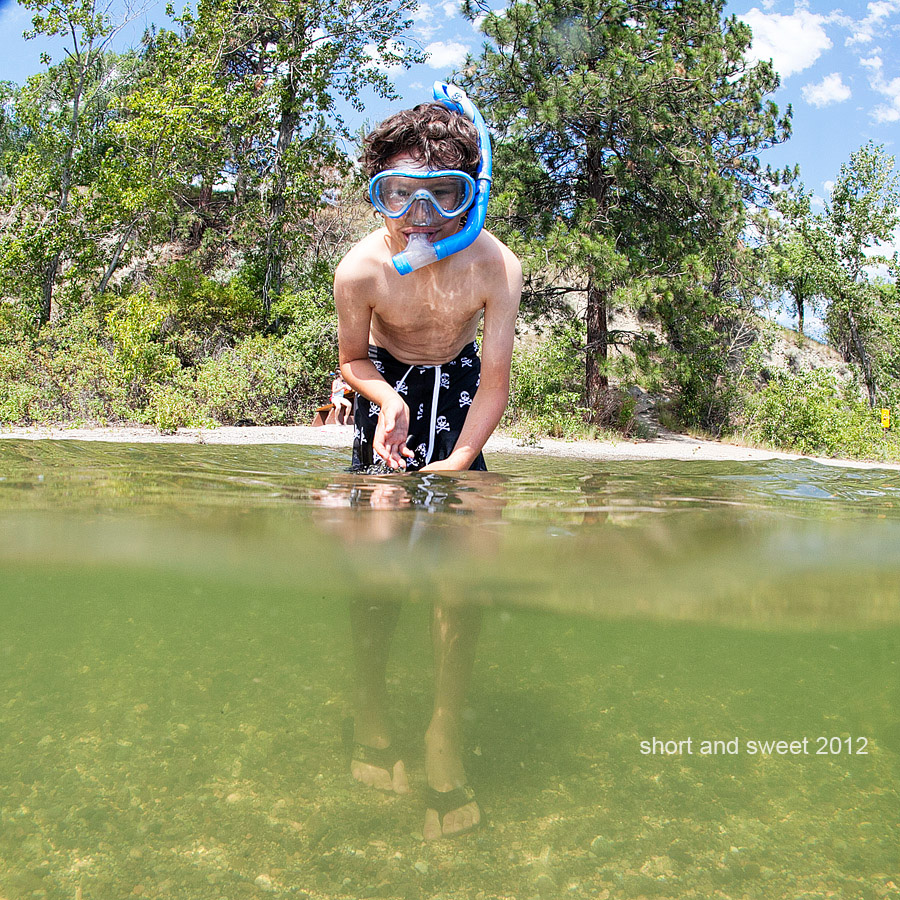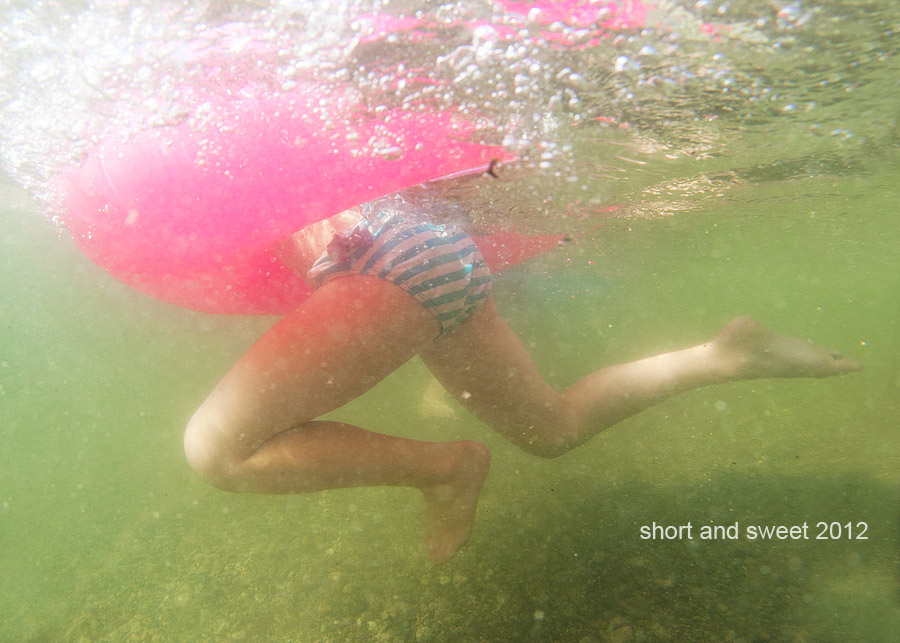Underwater Gear -- Where To Begin
Without a doubt, the number one question I get asked is what do I use to photograph underwater. I wish there was a simple answer...mostly, because I think that photographic gear is not a one solution fits all kind of thing. You need to be able to define what you want to shoot under water. You need to understand what you want those images to look like and then go ahead and figure out what kind of gear you need to get those images. And, when you can't even begin to photograph underwater to learn what it is you want to photograph without investing in some sort of gear, that makes those decisions even more difficult to make. So, here is some advice as to how to begin. Before you go out and invest thousands of dollars in a hard case for you dSLR, consider some other options. What I started with was a simple bag which I placed a back up Canon 30D into so I could see if I liked it. It is made by DiCapac and retails for about $100.

Now, where this fell short for me was the inability to adjust my settings once the camera was in the bag. Also, I ended up duct taping the lens port so that it didn't flop around like a ... well ... limp noodle. Still, it gave me a good taste for what to expect under water. I even captured these images with it.




I got a sense of what I wanted out of my gear and how I wanted whatever I bought to perform. There are other cameras out there now that allow you to photograph under water without investing a huge amount of money. Two that are quite popular are the Lifeproof case for the iPhone and the Panasonic Lumix. I have tried the GoPro underwater and it works super well in bright light situations, but the one thing that I learned really quickly was that it gets dark faster than you think under there. So, for me, the GoPro is a fun camera for my kids, but lacked what I required to get the shots that I love. ISO capability is huge when choosing a camera to take in the water. The other thing(and GoPro got this right) that is most important is that you will want a wide angle lens. At least to start...you are often limited in space(such as a pool) and need to be physically close to your subject. OR, like in the image of Georgia with her inner tube, there is a lot of 'stuff' floating in the water making it tough to see your subject. So, the only way to actually get the image is to get up close.
I knew I wanted to get in the water with my camera. But, I am so a big camera girl. I like flexibility from my gear and I hate feeling limited. The bag was suggested to me by a number of other photographers who also do underwater work and it was a wonderful way to 'test the waters'....BUT...the truth is, it did fail me once. And, I have heard stories of the plastic on it cracking or getting a hole...so, it is not something I would suggest long term. Nor would I suggest putting a primary camera into it. If you are a professional, you should always have multiple bodies, so this shouldn't be an issue for you...BUT, if you are a hobbyist, I suggest starting out with either the LifeProof case or the Panasonic Lumix. Always keep in mind that electronics were never intended to go in the water ;) So, failure is always a possibility. Just know how much you are willing to risk to get some really cool underwater shots ;)
Hope this helps everyone on their way to learning what gear would work for them underwater. I have since upgraded to a full on hard case. I will write a post all about that one of these days as well...
~ Dana
PS--I am going to start answering photography related questions on a regular basis soon, soooooo...is there anything specific you wanted to learn? Just ask the question in the comments and I'll keep record of them :)
